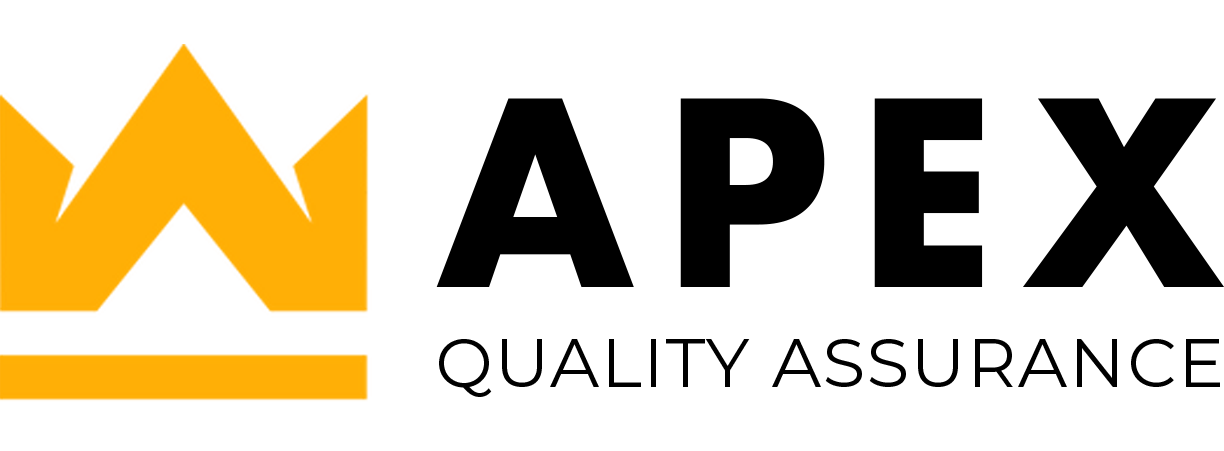LIVE ONLINE – AS9102 Rev C First Article of Inspection (FAI) (1-Day – 6.5 CPD Hours)
Applicable to all tiers of the global supply chain, this standard establishes a unified approach to first article inspection (FAI) processes and documentation. This harmonization ensures consistent verification of all aviation, space, and defense products, regardless of their origin.
- Enhanced Quality: Rigorous first article inspections minimize defects and non-compliance issues, fostering a culture of quality throughout the supply chain
- Improved Schedule Performance: Clear and consistent procedures lead to reduced delays and disruptions, ensuring products reach their destinations on time
- Optimized Cost Efficiency: Elimination of redundant activities and broader adoption of best practices contribute to cost savings for all stakeholders
The primary intent of this new standard is to improve overall product quality. No previous experience required. Manager or QA department employee responsible to perform the first article of inspection process: i.e. production, manufacturing engineering.
The course will introduce you to the key concepts, including course objectives, the purpose of FAI, and the proper application as outlined in the AS9102 standard. We’ll delve into the “why” behind FAI, exploring when it’s mandatory (governed by AS9102) and when alternative methods like risk assessment or supplier control may suffice. We’ll also explore the requirements of the AS9100 quality management system (AQMS) and its relation to FAI.
The course will equip you with practical tools for process control and change management, while providing a deep dive into AS9102 terminology through games and form analysis. We’ll comprehensively review the latest revision (AS9102 Rev C) and guide you through completing the First Article Inspection Report (FAIR) using the Appendix B guidelines. Expect in-class activities to solidify your understanding, including evaluating completed forms, practicing on drawings, and working through case studies. Finally, the course will cover how to extract information from source documents and translate it into a well-presented FAIR using the specific forms.

